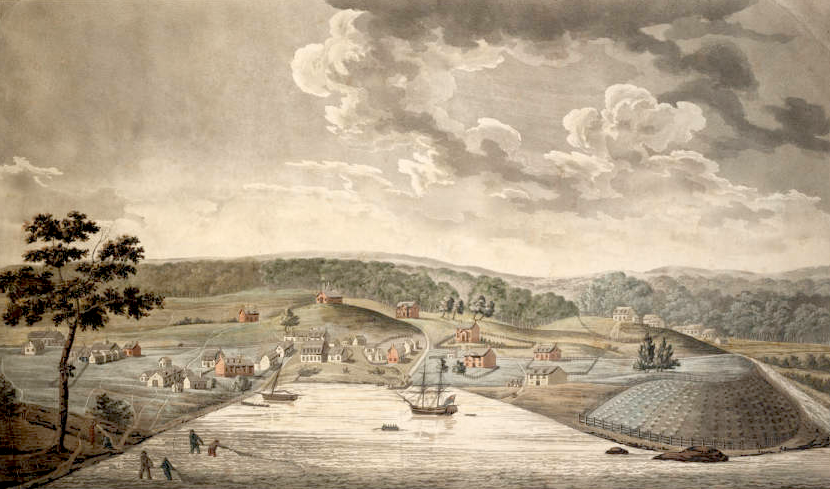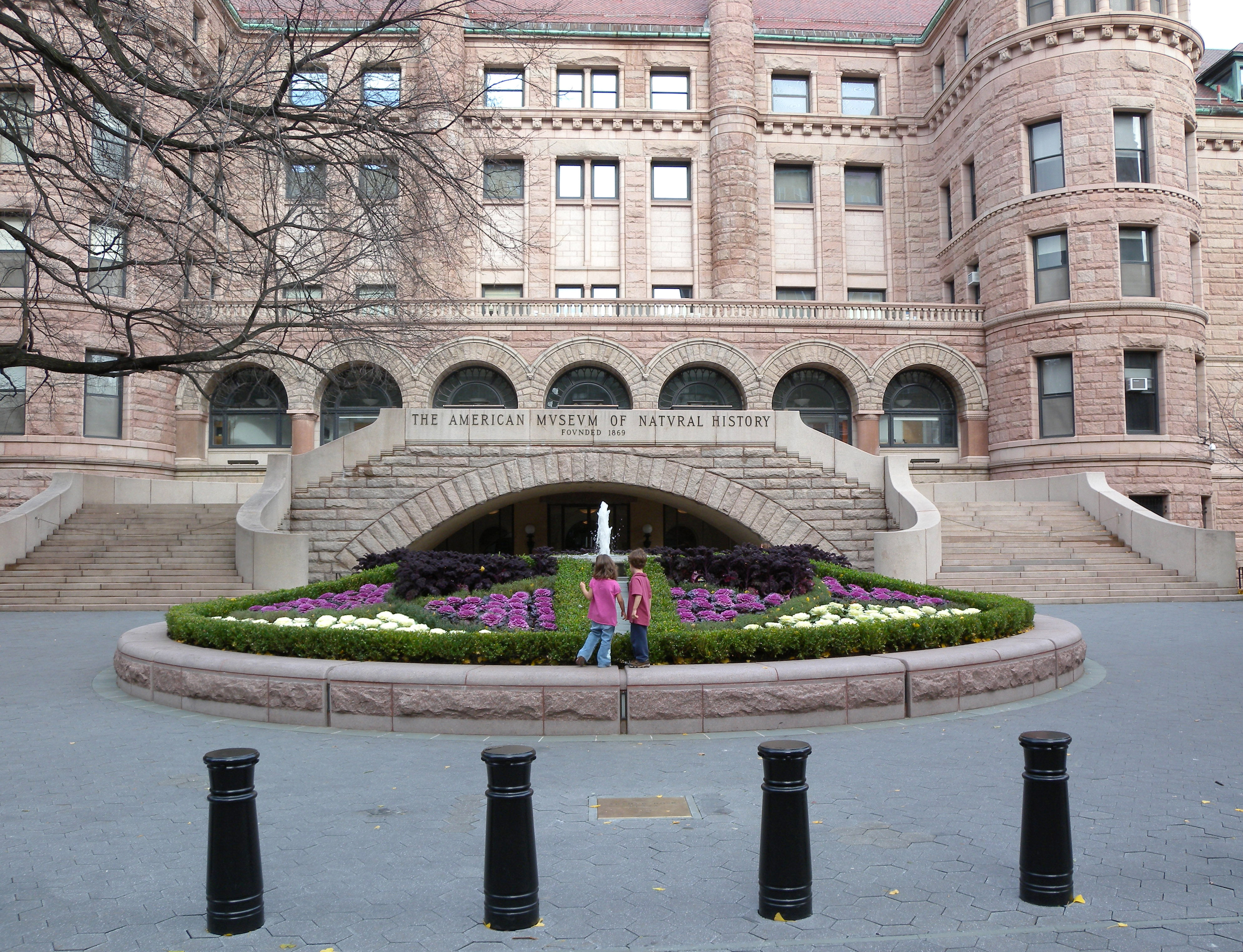|
Tyler's Mouse Opossum
Tyler's mouse opossum (''Marmosa tyleriana'') is a South American marsupial of the family Didelphidae. It lives in rainforests of the Guiana Highlands of southern Venezuela at elevations between 1300 and 2200 m. The species has only been found on three isolated tepuis ( Auyantepui, Marahuaca and Sarisariñama). All three of these locations are in protected areas ( Canaima, Duida-Marahuaca and Jaua-Sarisariñama national parks). The Latin species name refers to the habitat in which the opossum was first found, a '' Tyleria'' forest. In turn, both the genus ''Tyleria'' and the opossum's common name refer to Sidney F. Tyler, an American historian and photographer who helped finance the 1928-29 expedition of the American Museum of Natural History to the headwaters of the Orinoco The Orinoco () is one of the longest rivers in South America at . Its drainage basin, sometimes known as the Orinoquia, covers approximately 1 million km2, with 65% of it in Venezuela and 35% in Col ... [...More Info...] [...Related Items...] OR: [Wikipedia] [Google] [Baidu] |
George Henry Hamilton Tate
George Henry Hamilton Tate (April 30, 1894 – December 24, 1953) was a British-born American zoologist and botanist, who worked as a mammalogist for the American Museum of Natural History in New York City. In his lifetime he wrote several books on subjects such as the South American mouse opossums and the mammals of the Pacific and East Asia. Biography He was born in London on April 30, 1894. He had a brother, Geoffrey Tate. In 1912 he migrated from Britain to New York City with his family. From 1912 to 1914 he worked as telegraph operator on Long Island. He then joined the British Army to fight in World War I. At the end of the war, he studied at the Imperial College of Science and Technology in London without taking a degree. He then migrated back to the United States and became a field assistant in mammalogy at the American Museum of Natural History. In 1927 he completed his B.S. at Columbia University in Manhattan, and became a United States citizen. In September 1927, sp ... [...More Info...] [...Related Items...] OR: [Wikipedia] [Google] [Baidu] |
Jaua-Sarisariñama National Park
Jaua-Sarisariñama National Park (Spanish: ''Parque nacional Jaua-Sarisariñama'') was located in the Guayana Highlands, within Bolívar State of southeastern Venezuela.BirdLife International (2015Important Bird and Biodiversity Area factsheet: Parque Nacional Jaua-SarisariñamaDownloaded on 11/11/2015 It was established in 1978. It has been subsumed within Caura National Park, which was established in 2017. The landscape of the park is notable for three sandstone tepuis, Jaua, Sarisariñama and Guanacoco. The top of Sarisariñama is forested and has sinkholes. Ecology The park is an Important Bird Area. Resident bird species include Tepui parrotlet (''Nannopsittaca panychlora''). Amphibians of interest include three species of ''stefania'' (carrying frogs) which appear to be endemic to the park: * ''Stefania oculosa'' (Spanish: ''Rana Stefania De Ojos Grandes'') * ''Stefania percristata'' * ''Stefania riae ''Stefania riae'' (common name: Sarisarinama carrying frog, ) ... [...More Info...] [...Related Items...] OR: [Wikipedia] [Google] [Baidu] |
Mammals Described In 1931
A mammal () is a vertebrate animal of the Class (biology), class Mammalia (). Mammals are characterised by the presence of milk-producing mammary glands for feeding their young, a broad neocortex region of the brain, fur or hair, and three Evolution of mammalian auditory ossicles, middle ear bones. These characteristics distinguish them from reptiles and birds, from which their ancestors Genetic divergence, diverged in the Carboniferous Period over 300 million years ago. Around 6,640 Neontology#Extant taxon, extant species of mammals have been described and divided into 27 Order (biology), orders. The study of mammals is called mammalogy. The largest orders of mammals, by number of species, are the rodents, bats, and eulipotyphlans (including hedgehogs, Mole (animal), moles and shrews). The next three are the primates (including humans, monkeys and lemurs), the Artiodactyl, even-toed ungulates (including pigs, camels, and whales), and the Carnivora (including Felidae, ... [...More Info...] [...Related Items...] OR: [Wikipedia] [Google] [Baidu] |
Endemic Fauna Of Venezuela
Endemism is the state of a species being found only in a single defined geographic location, such as an island, state, nation, country or other defined zone; organisms that are indigenous to a place are not endemic to it if they are also found elsewhere. For example, the Cape sugarbird is found exclusively in southwestern South Africa and is therefore said to be ''endemic'' to that particular part of the world. An endemic species can also be referred to as an ''endemism'' or, in scientific literature, as an ''endemite''. Similarly, many species found in the Western ghats of India are examples of endemism. Endemism is an important concept in conservation biology for measuring biodiversity in a particular place and evaluating the risk of extinction for species. Endemism is also of interest in evolutionary biology, because it provides clues about how changes in the environment cause species to undergo range shifts (potentially expanding their range into a larger area or becomin ... [...More Info...] [...Related Items...] OR: [Wikipedia] [Google] [Baidu] |
Marsupials Of Venezuela
Marsupials are a diverse group of mammals belonging to the infraclass Marsupialia. They are natively found in Australasia, Wallacea, and the Americas. One of marsupials' unique features is their reproductive strategy: the young are born in a relatively undeveloped state and then nurtured within a pouch on their mother's abdomen. Extant marsupials encompass many species, including kangaroos, koalas, opossums, possums, Tasmanian devils, wombats, wallabies, and bandicoots. Marsupials constitute a clade stemming from the last common ancestor of extant Metatheria, which encompasses all mammals more closely related to marsupials than to placentals. The evolutionary split between placentals and marsupials occurred 125-160 million years ago, in the Middle Jurassic-Early Cretaceous period. Presently, close to 70% of the 334 extant marsupial species are concentrated on the Australian continent, including mainland Australia, Tasmania, New Guinea, and nearby islands. The remaining 30% a ... [...More Info...] [...Related Items...] OR: [Wikipedia] [Google] [Baidu] |
Opossums
Opossums () are members of the marsupial order Didelphimorphia () endemic to the Americas. The largest order of marsupials in the Western Hemisphere, it comprises 126 species in 18 genera. Opossums originated in South America and entered North America in the Great American Interchange following the connection of North and South America in the late Cenozoic. The Virginia opossum is the only species found in the United States and Canada. It is often simply referred to as an opossum; in North America, it is commonly referred to as a possum (; sometimes rendered as ''possum'' in written form to indicate the dropped "o"). The Australasian arboreal marsupials of suborder Phalangeriformes are also called possums because of their resemblance to opossums, but they belong to a different order. The opossum is typically a nonaggressive animal and almost never carries the virus that causes rabies. Etymology The word ''opossum'' is derived from the Powhatan language and was first recorded ... [...More Info...] [...Related Items...] OR: [Wikipedia] [Google] [Baidu] |
Baltimore
Baltimore is the most populous city in the U.S. state of Maryland. With a population of 585,708 at the 2020 census and estimated at 568,271 in 2024, it is the 30th-most populous U.S. city. The Baltimore metropolitan area is the 20th-largest metropolitan area in the country at 2.84 million residents. The city is also part of the Washington–Baltimore combined statistical area, which had a population of 9.97 million in 2020. Baltimore was designated as an independent city by the Constitution of Maryland in 1851. Though not located under the jurisdiction of any county in the state, it forms part of the central Maryland region together with the surrounding county that shares its name. The land that is present-day Baltimore was used as hunting ground by Paleo-Indians. In the early 1600s, the Susquehannock began to hunt there. People from the Province of Maryland established the Port of Baltimore in 1706 to support the tobacco trade with Europe and established the Town ... [...More Info...] [...Related Items...] OR: [Wikipedia] [Google] [Baidu] |
The Johns Hopkins University Press
Johns Hopkins University Press (also referred to as JHU Press or JHUP) is the publishing division of Johns Hopkins University. It was founded in 1878 and is the oldest continuously running university press in the United States. The press publishes books and journals, and operates other divisions including fulfillment and electronic databases. Its headquarters are in Charles Village section of Baltimore, Maryland. In 2017, after the retirement of Kathleen Keane, who is credited with modernizing JHU Press for the digital age, the university appointed new director Barbara Pope. Overview Daniel Coit Gilman, the first president of Johns Hopkins University, inaugurated the press in 1878. The press began as the university's Publication Agency, publishing the ''American Journal of Mathematics'' in its first year and the '' American Chemical Journal'' in its second. It published its first book, ''Sidney Lanier: A Memorial Tribute'', in 1881 to honor the poet who was one of the univers ... [...More Info...] [...Related Items...] OR: [Wikipedia] [Google] [Baidu] |
Orinoco
The Orinoco () is one of the longest rivers in South America at . Its drainage basin, sometimes known as the Orinoquia, covers approximately 1 million km2, with 65% of it in Venezuela and 35% in Colombia. It is the List of rivers by discharge, fourth largest river in the world by Discharge (hydrology), discharge volume of water (39,000 m3/s at Orinoco Delta, delta) due to the high precipitation throughout its catchment area (ca 2,300 mm/a). The Orinoco River and its tributaries are the major transportation system for eastern and interior Venezuela and the Llanos of Colombia. The environment and wildlife in the Orinoco's basin are extremely diverse. Etymology The river's name is derived from the Warao language, Warao term for "a place to paddle", itself derived from the terms ''güiri'' (paddle) and ''noko'' (place) i.e. a navigable place. History The mouth of the Orinoco River at the Atlantic Ocean was documented by Christopher Columbus on 1 August 1498, during his Christo ... [...More Info...] [...Related Items...] OR: [Wikipedia] [Google] [Baidu] |
American Museum Of Natural History
The American Museum of Natural History (AMNH) is a natural history museum on the Upper West Side of Manhattan in New York City. Located in Theodore Roosevelt Park, across the street from Central Park, the museum complex comprises 21 interconnected buildings housing 45 permanent exhibition halls, in addition to a planetarium and a library. The museum collections contain about 32 million specimens of plants, animals, fungi, fossils, minerals, rocks, meteorites, human remains, and human cultural artifacts, as well as specialized collections for frozen tissue and genomic and astrophysical data, of which only a small fraction can be displayed at any given time. The museum occupies more than . AMNH has a full-time scientific staff of 225, sponsors over 120 special field expeditions each year, and averages about five million visits annually. The AMNH is a private 501(c)(3) organization. The naturalist Albert S. Bickmore devised the idea for the American Museum of Natural History in 1 ... [...More Info...] [...Related Items...] OR: [Wikipedia] [Google] [Baidu] |
Ochnaceae
Ochnaceae is a Family (biology), family of flowering plants in the Order (biology), order Malpighiales.Vernon H. Heywood, Richard K. Brummitt, Ole Seberg, and Alastair Culham. ''Flowering Plant Families of the World''. Firefly Books: Ontario, Canada. (2007). . In the APG III system of History of plant systematics, classification of flowering plants, Ochnaceae is defined broadly, to include about 550 species,Maria do Carmo E. Amaral, and Volker Bittrich. 2014. "Ochnaceae". pages 253-268. In: Klaus Kubitzki (editor). 2014. ''The Families and Genera of Vascular Plants'' volume XI. Springer-Verlag: Berlin, Heidelberg, Germany. (print). (eBook). and encompasses what some taxonomists have treated as the Segregate (taxonomy), separate families Medusagynaceae and Quiinaceae. In a phylogenetic Research, study that was Academic publishing, published in 2014, Ochnaceae was recognized in the broad Sensu, sense,Julio V. Schneider, Pulcherie Bissiengou, Maria do Carmo E. Amaral, Ali Tahir, M ... [...More Info...] [...Related Items...] OR: [Wikipedia] [Google] [Baidu] |





